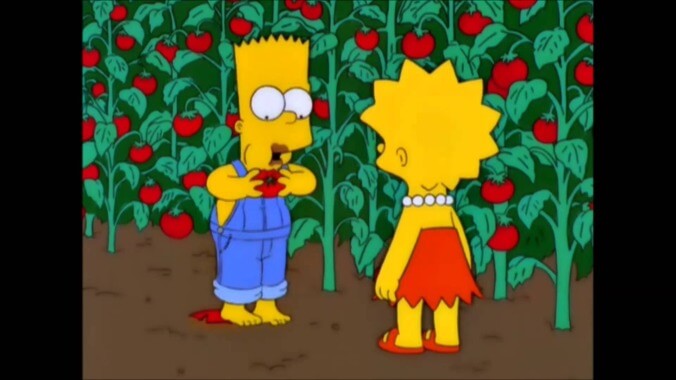Tomato, ToMacco: Farmers are elevating their crops with vertical farming

This week’s entry: Vertical farming
What it’s about: Ah, the farmer’s life. The smell of the soil, the green of the leaves, the view from the 45th floor. Yes, like bathrooms before them, farms are moving into the future by moving indoors. Hydroponic farming has made vertical farms possible, in which floor after floor of a building is devoted to growing food. One such farm in Buffalo, New York contains 17 million plans, and a “windowless farm” in Kyoto produces 6 million heads of lettuce a year.
Biggest controversy: It’s an open question as to whether vertical farms are actually beneficial. While they don’t use pesticides or chemical fertilizers, their electricity needs are far beyond that of a traditional farm. And while farms that don’t have to deal with pests or changes in weather can be more efficient, the cost of a large building in an urban center generally far outpaces the cost savings of not having to transport food from country to city.
Strangest fact: The idea of vertical farms has been around a long time. Sir Francis Bacon first proposed growing plants without soil in 1627, and by the mid-1800s, “soil-less cultivation” was being used routinely. Gilbert Ellis Bailey coined the phrase “vertical farming” in his 1915 book of the same name, but he used the phrase to consider plants from top to bottom (i.e., from leaves to root). However, six years earlier, Life Magazine published a concept drawing of a tall building that cultivated food, and soon Bailey’s phrase was used to describe what Rem Koolhaas called “the skyscraper as utopian device for [food] production.”
Thing we were happiest to learn: Vertical farms could have a tremendous environmental benefit. For starters, an indoor farm uses about one-twentieth the land as a traditional farm, so a move to vertical farming could slow or even reverse human’s destruction of wildlife habitats. Factory farms in particular can heavily use pesticides, hormones, and other chemicals that are bad for the environment and consumer. And farmworkers are exposed to these chemicals on a daily basis, and have a greater risk of injury on a traditional farm.
Thing we were unhappiest to learn: It’s not easy being green. Since, apart from the roof, no part of a building enjoys direct sunlight, vertical farms rely on electric lights, which use power and cost money. Current LED technology is keeping vertical farms from being cost-effective, but the lighting industry is working on increased efficiency which could make all the difference. And while vertical farms use far less water than traditional farms, the water they do use ends up full of fertilizer and has to be disposed of—not always easy to do responsibly in an urban environment.
Also noteworthy: Vertical farms may take us into space. It’s only mentioned briefly here, but the British Interplanetary Society developed a hydroponic garden for use on the moon. It’s widely accepted that if humans are to live in space or on other planets, we’ll need to grow our food indoors, rather than weigh down a ship with a stockpile of food, or try and grow crops in inhospitable alien soil.
Best link to elsewhere on Wikipedia: Another possible environmental benefit of vertical farming is the use of methane digesters. Methane is a powerful greenhouse gas, and a byproduct of organic material decomposition. But if methane’s being produced in a compact area—like a vertical farm—it can be trapped and used as both fuel (biogas) and fertilizer (digestate). While using biogas to generating power still puts greenhouse gases into the atmosphere, they’re gases that would already be released by farming, so there’s no net increase, and it would be used instead of fossil fuels, making the process carbon-negative.
Further down the Wormhole: One of vertical farming’s biggest modern-day proponents is ecologist Dickson Despommier, who features heavily in this article. He announced his vision for a high-tech vertical farm at a 1999 Columbia University lecture. New York City’s own Ivy League school was founded as King’s College in 1754 by namesake George II, and was renamed after the Revolutionary War. The school’s alumni includes three presidents (Obama and both Roosevelts; Eisenhower was also the school’s president in between WWII and his presidency of the whole country) and five founding fathers—John Jay, Gouverneur Morris, Robert Livingston, Egbert Benson, and Alexander Hamilton. In an obscure bit of history that hasn’t gotten any recent mention, Hamilton was killed in a duel by disgruntled former Vice President Aaron Burr. Nineteenth-century dueling was practiced with either pistols or swords, a throwback to dueling’s 17th-century heyday. One of that era’s most colorful duelists was Julie d’Aubigny, a bisexual opera singer and accomplished swordfighter. We’ll look at her swashbuckling life next week.